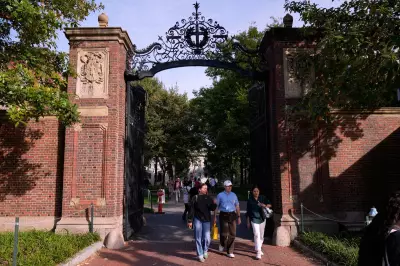
The UK is set to open its first-ever secure school for young offenders in Kent, marking a significant shift in how the country handles youth custody. The facility, designed to prioritise education and rehabilitation over punishment, aims to reduce reoffending rates among young people.
A New Era in Youth Justice
This groundbreaking initiative will replace traditional youth prisons with an environment that combines security with high-quality education. The school will accommodate up to 49 young offenders aged 12-18, providing them with tailored learning programmes alongside necessary safeguarding measures.
Key Features of the Secure School
- Education-focused approach: Core curriculum subjects alongside vocational training
- Therapeutic support: Mental health services and counselling
- Family involvement: Regular contact and participation in rehabilitation
- Specialist staff: Teachers and youth workers trained in trauma-informed care
Location and Timeline
The school will occupy the site of the former Medway Secure Training Centre in Kent, which was closed following allegations of abuse. After extensive renovations, the facility is expected to open its doors within the next year, pending final approvals.
This innovative approach follows years of criticism about the effectiveness of traditional youth custody centres. Government ministers hope the secure school model will prove more successful in rehabilitating young offenders and preparing them for life after release.
Controversy and Challenges
While welcomed by many child welfare advocates, the scheme has faced criticism from some quarters. Concerns have been raised about mixing education with detention and whether sufficient funding will be available to make the project successful long-term.
Nevertheless, the government remains committed to this new direction in youth justice, viewing it as a more humane and effective alternative to conventional youth prisons. The results of this experiment could shape youth custody policy for years to come.





